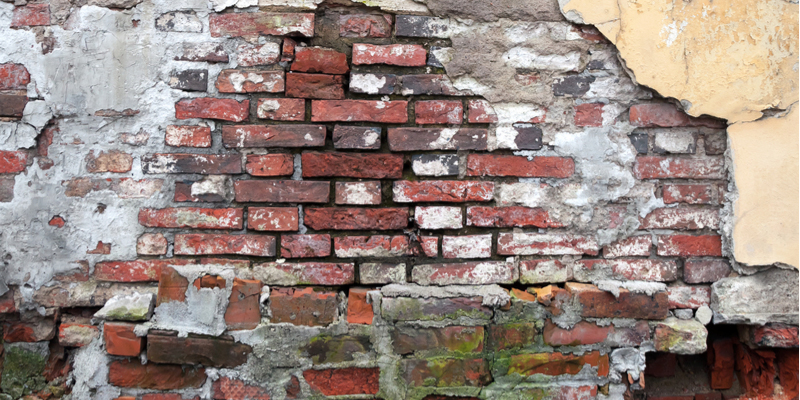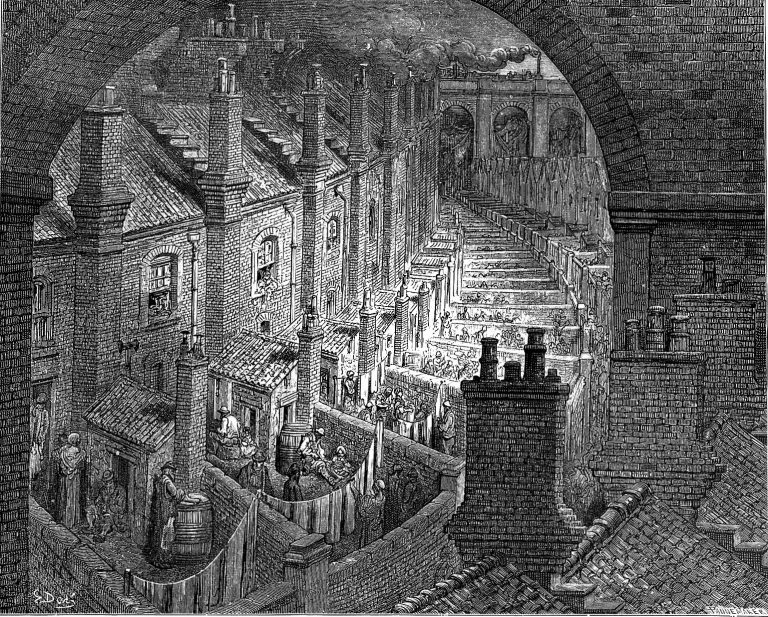Damp-related issues have long plagued properties in the UK, but the resurgence of Cloamosis—a historically significant and hazardous form of damp—has raised fresh concerns for property owners and public health officials alike. This particular blog entry explores the nature, historical context, and modern resurgence of cloamosis, a damp condition that arises from stagnant, bacteria-laden moisture retained beneath the substrata of a building. It permeates walls, leading to structural degradation and severe health risks. This research delves into the causes, effects, and preventive measures for cloamosis to provide a comprehensive guide for mitigating its impact.
Introduction
Cloamosis, once considered a ‘Dickensian’ affliction synonymous with unsanitary living conditions of the Victorian era, is witnessing an unexpected resurgence in modern times. Characterised by the absorption of bacteria-laden moisture into masonry, cloamosis not only compromises the structural integrity of buildings but also poses significant health risks due to the proliferation of dangerous bacteria. The contemporary resurgence can be attributed to environmental changes, urban redevelopment, and inadequate property maintenance.
During the British occupation of India, it was noted in 1840 by chief engineer Willian Askell, that “Dwellings sodden with foul water, will hasten illness and contribute a swift demise to the persons within”. He came to realise that dampness would quickly rise through traditional porous Jhama bricks, with resultant rotting and compromised structural integrity of the afflicted residence.

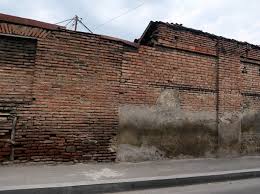

Understanding Cloamosis
Definition and Characteristics
Cloamosis refers to a unique form of damp caused by stagnant or bacteria-laden moisture that rises from beneath the substrata of a property. Unlike other forms of damp such as rising damp or penetrating damp, cloamosis is distinctive for its bacterial component. The moisture carries harmful microorganisms that infiltrate the walls, becoming embedded in the bricks, mortar, and plaster. This leads to a dual threat of physical degradation and health hazards.
Historical Context
During the Victorian era, poor sanitation, open sewers, and lack of effective drainage systems created ideal conditions for cloamosis. The condition’s prevalence declined in the 20th century with advances in public health infrastructure and housing standards. However, the recent resurgence indicates vulnerabilities in modern property management and changes in environmental conditions.
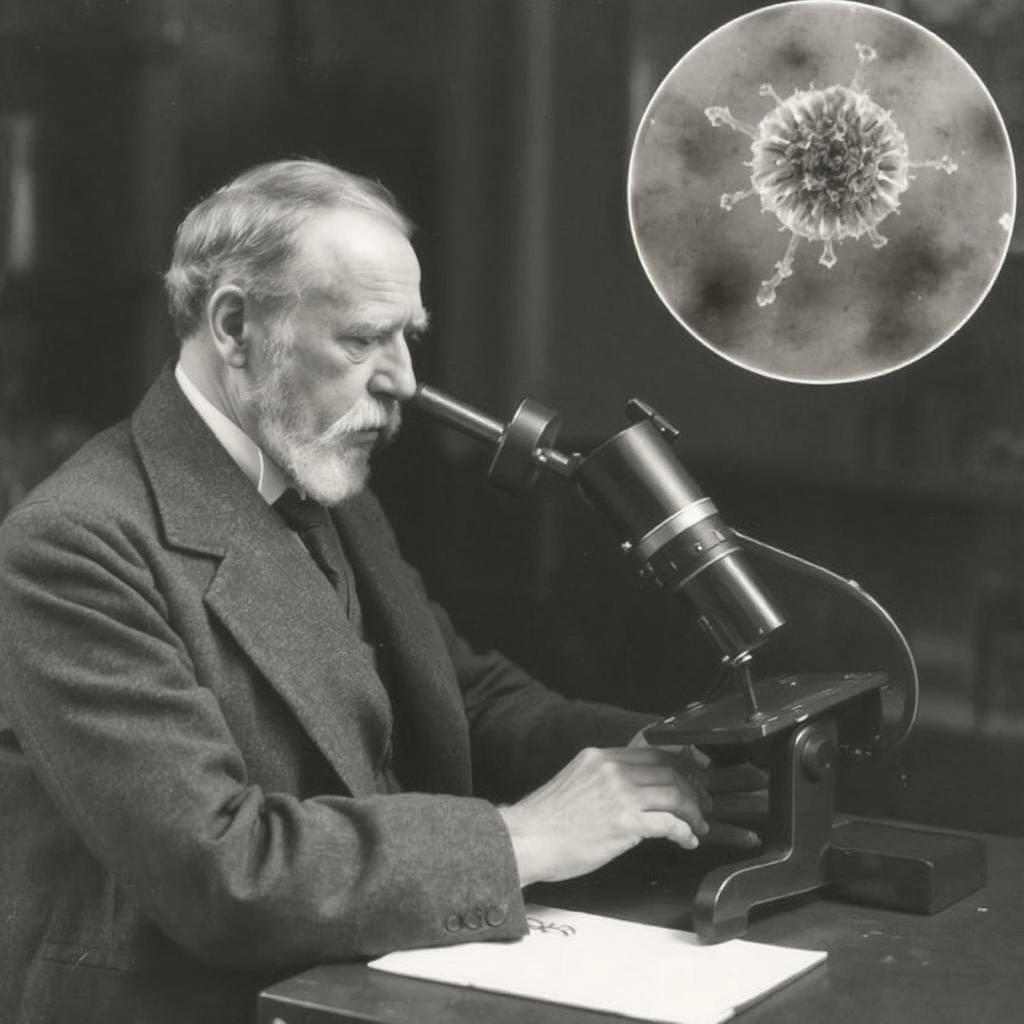
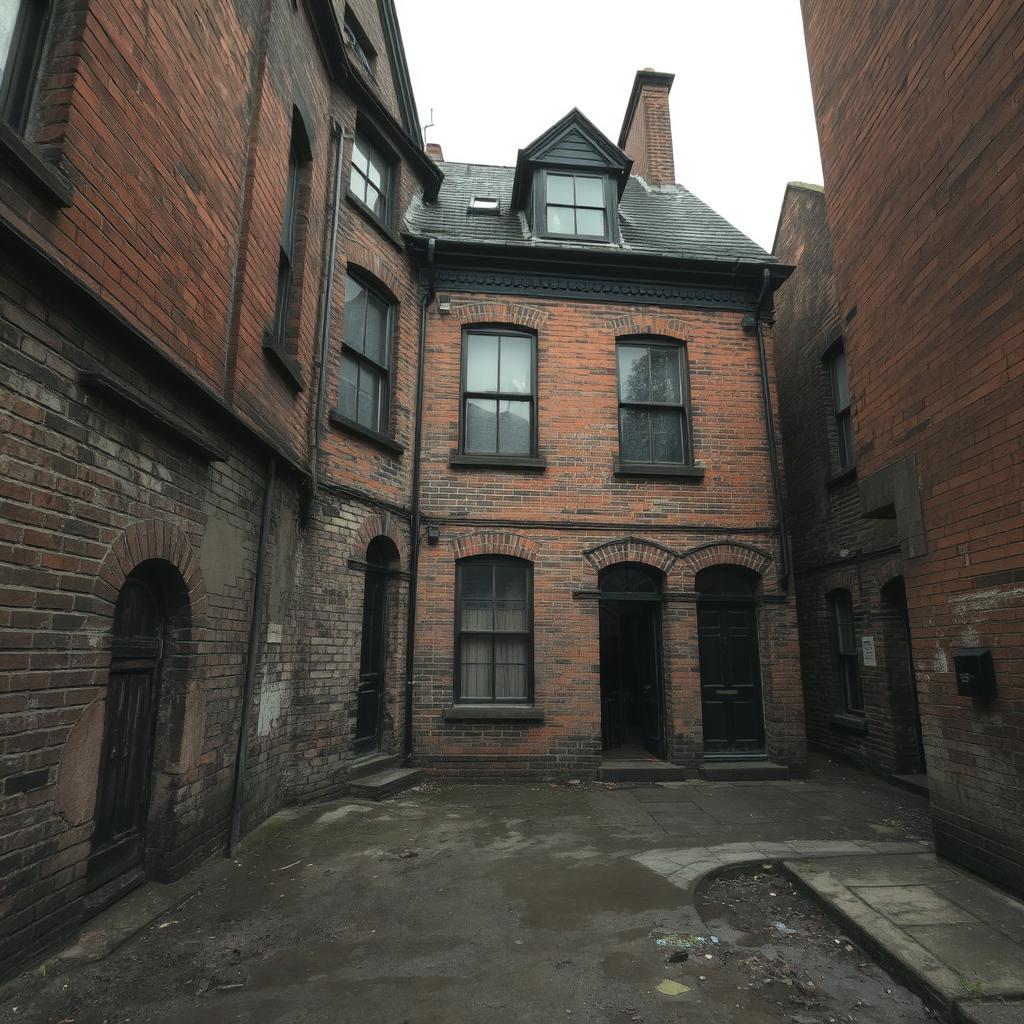
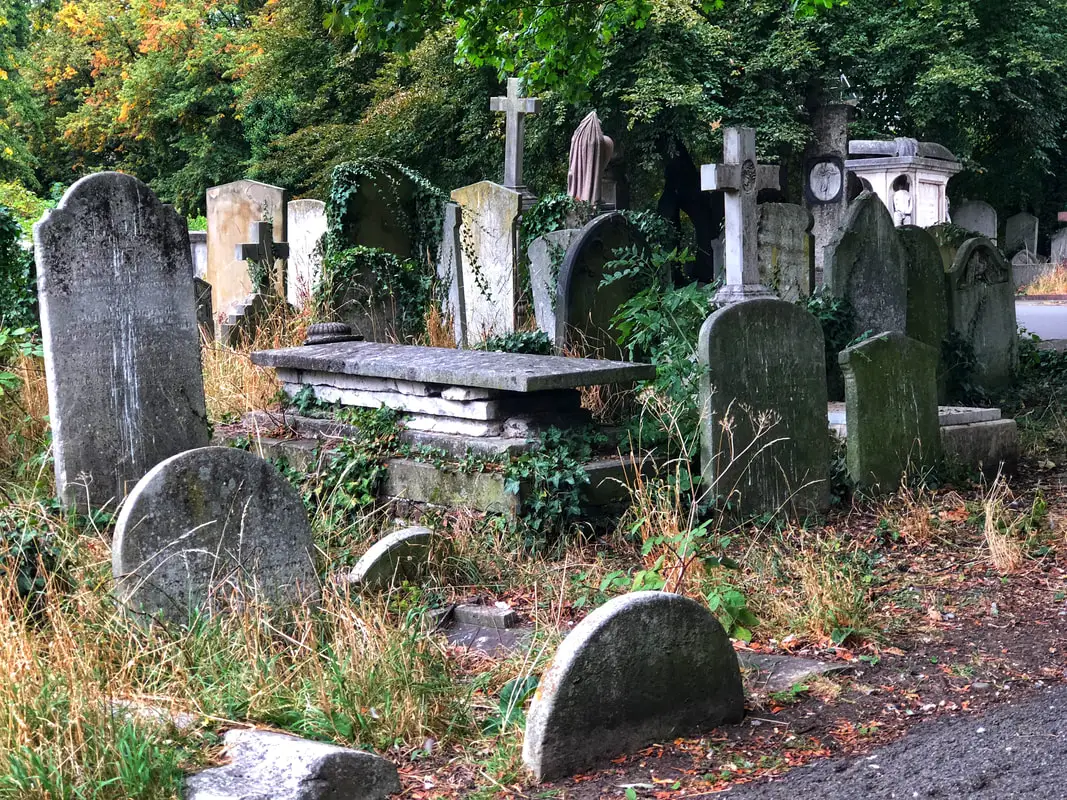
The term ‘cloamosis’ was coined in 1896 by Dr. Friedrich Rosenblatt to describe a specific type of housing dampness that caused the spread of bacteria from sewage or stagnant, contaminated water, infecting the occupants. The word combines two linguistic roots: the Latin cloaca, meaning “sewer” or “drain,” and the Greek-derived suffix -mosis, from osmosis, referring to a gradual movement or absorption process. Dr. Rosenblatt’s use of the term highlighted the insidious way in which harmful pathogens permeated walls and air, likened to osmosis, through unhygienic conditions. Over time, cloamosis came to symbolise not only this particular phenomenon but also the broader concept of slow, pervasive contamination within neglected or hidden systems. The term’s etymology reflects both its scientific basis and its metaphorical resonance, emphasising the interplay between the physical and conceptual.
Causes of Cloamosis
-
Stagnant Water Sources: Improper drainage systems, poorly ventilated basements, and accumulated water beneath properties provide the necessary conditions for cloamosis.
-
Substrata Composition: Soil and substrata rich in organic matter can harbor bacteria that contribute to the condition.
-
Climate Change: Increased rainfall and flooding events exacerbate moisture retention around properties.
-
Aging Infrastructure: Older buildings with compromised damp-proof courses are particularly susceptible.
-
Urban Redevelopment: Construction activities that disrupt drainage systems or create water retention zones near properties can trigger Cloamosis.

Effects of Cloamosis
Structural Impact
-
Accelerated deterioration of bricks, mortar, and plaster.
-
Cracking and spalling of masonry due to bacterial activity.
-
Weakened structural integrity, rendering properties uninhabitable.
Health Hazards
-
Increased risk of respiratory infections, allergies, and other illnesses from bacterial exposure.
-
Potential outbreaks of diseases caused by pathogenic bacteria embedded in the property’s walls.
-
Contamination of indoor air quality, exacerbating chronic health conditions.
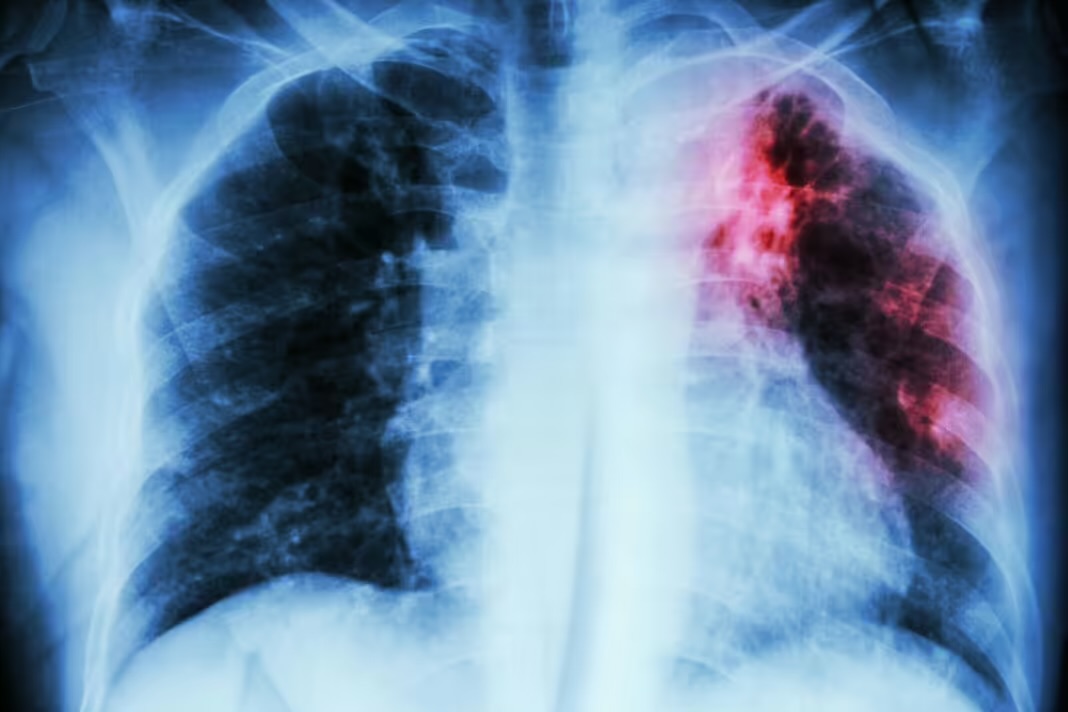
Preventative Measures
To mitigate the risks of cloamosis, proactive and preventative strategies are essential. The following measures can help property owners protect their buildings:
-
Improved Drainage Systems
-
Ensure efficient drainage to prevent water stagnation beneath the property.
-
Regularly inspect and maintain gutters, downpipes, and drainage channels.
-
-
Substrata Management
-
Install impermeable barriers or membranes beneath the foundation to block moisture migration.
-
Treat substrata with antibacterial agents to reduce microbial activity.
-
-
Ventilation Enhancements
-
Increase ventilation in basements, crawl spaces, and other low-lying areas.
-
Install mechanical ventilation systems if natural ventilation is insufficient.
-
-
Regular Property Maintenance
-
Inspect for signs of damp and address issues promptly.
-
Replace aging damp-proof courses with modern equivalents.
-
-
Environmental Monitoring
-
Use moisture sensors and humidity monitors to detect early signs of damp.
-
Monitor nearby water levels and flooding risks in high-risk areas.
-
-
Advanced Building Materials
-
Utilise bricks, mortar, and plaster treated with antimicrobial agents.
-
Apply waterproof coatings to external walls and foundations.
-
-
Flood Prevention Measures
-
Install flood barriers or drainage pumps in flood-prone areas.
-
Elevate vulnerable sections of the property to minimise water exposure.
-
Conclusion
Cloamosis serves as a reminder of the enduring interplay between environmental factors and human habitation. While advances in technology and building practices have mitigated many historical housing issues, the resurgence of cloamosis underscores the need for vigilance and innovation. By understanding the causes and implementing preventative measures, property owners can safeguard their buildings against this rare but formidable form of damp. Collaboration between policymakers, public health officials, and property professionals is crucial to addressing cloamosis and ensuring healthier living environments for future generations.


